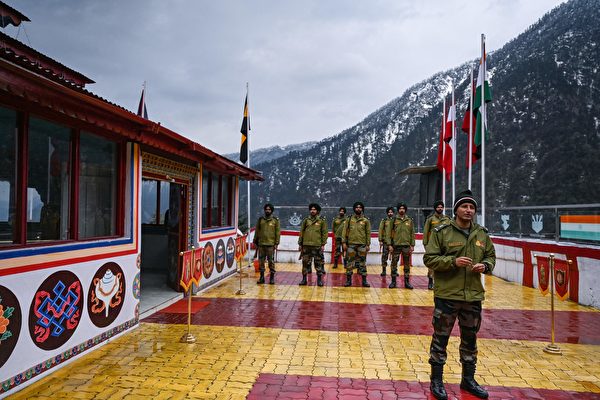India’s Ministry of External Affairs announced on Monday (October 21) that it has reached an agreement with the Chinese authorities on military patrol arrangements in the highly disputed Himalayan border region. This agreement aims to resolve the military standoff that has been ongoing since the clashes between the two countries’ armies in 2020. However, apart from the territorial disputes between India and China, their relationship is tense due to the intensifying geopolitical competition.
Indian Foreign Secretary Vikram Misri stated that the agreement will lead to the troops “disengaging” along the Line of Actual Control (LAC) in the border regions between India and China. This announcement came a day before Indian Prime Minister Modi’s visit to Russia to attend the BRICS summit from October 22 to 24.
According to local media reports in India, Modi may have a sideline meeting with the Chinese leader Xi Jinping during the summit. This would mark their first meeting since 2020.
An analysis by Sanusha Naidu, a senior researcher at the South African Global Dialogue Foundation, quoted by Voice of America, indicates that the competition between India and China goes beyond just border issues and extends to broader geopolitical concerns. Due to concerns about China’s increasing influence, India has shown caution in expanding the BRICS organization.
Moreover, Vikram Misri did not specify whether this agreement means that both countries will withdraw the tens of thousands of troops they have stationed along the disputed border in the northern Ladakh region.
He mentioned that the agreement resulted from multiple rounds of negotiations between Indian and Chinese diplomatic and military officials over the past few weeks, and it will lead to the “ultimate resolution of issues that emerged in these areas in 2020.”
A senior Indian military official familiar with the details told Reuters that in order to avoid conflicts, both sides will make a slight rearward movement from their current positions and will conduct patrols at disputed locations along the border according to an agreed schedule.
The official added that both sides will jointly monitor the Ladakh region, convening a monthly review meeting to ensure compliance with the agreement.
Beijing has not yet responded to India’s statement.
The LAC separates the territories of China and India, stretching from Ladakh in the west to Arunachal Pradesh in eastern India. China claims sovereignty over most of the areas in Arunachal Pradesh, referring to it as the “southern Tibet region.”
Since July 2020, clashes between Indian and Chinese troops near the LAC in the Himalayan border have resulted in the deaths of at least 20 Indian soldiers and unknown casualties on the Chinese side, leading to a deadlock in relations between India and China. Both sides have deployed tens of thousands of military personnel in the rugged mountainous region, with artillery, tanks, and fighter jet support.
Following the border conflict, India tightened visa scrutiny for Chinese citizens. That same year, India increased scrutiny and security clearance requirements for Chinese investment in companies.
India also banned approximately 300 Chinese mobile applications citing data security and privacy concerns, including TikTok, WeChat, Baidu, Xiaomi’s global video calling application, Mi Video Call, and AliExpress owned by the Alibaba Group.

